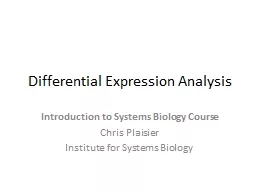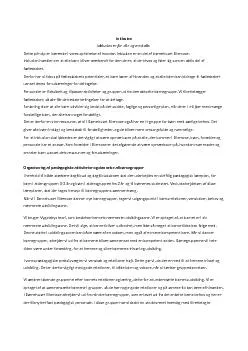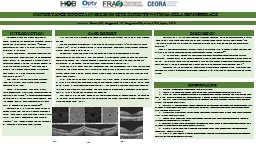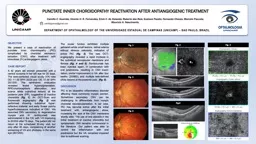PDF-a CNV its effect could only be manifested in a state of a single alle
Author : paisley | Published Date : 2022-08-25
II1II2II3II4 ab OMIM Morbid Map We predict that the overall penetrance andor variations in the severity of the phenotype of dominant disorders that are caused by
Presentation Embed Code
Download Presentation
Download Presentation The PPT/PDF document "a CNV its effect could only be manifeste..." is the property of its rightful owner. Permission is granted to download and print the materials on this website for personal, non-commercial use only, and to display it on your personal computer provided you do not modify the materials and that you retain all copyright notices contained in the materials. By downloading content from our website, you accept the terms of this agreement.
a CNV its effect could only be manifested in a state of a single alle: Transcript
Download Rules Of Document
"a CNV its effect could only be manifested in a state of a single alle"The content belongs to its owner. You may download and print it for personal use, without modification, and keep all copyright notices. By downloading, you agree to these terms.
Related Documents








![Case F arr [GRCh37] 1p36.33](https://thumbs.docslides.com/912520/case-f-arr-grch37-1p36-33.jpg)
![CNV K arr [GRCh37] 17p12](https://thumbs.docslides.com/919216/cnv-k-arr-grch37-17p12.jpg)
![CNV J arr [GRCh37] 3q28 (190380498_191783134)x1](https://thumbs.docslides.com/926750/cnv-j-arr-grch37-3q28-190380498-191783134-x1.jpg)
![Case O arr [GRCh37] 4p16.1](https://thumbs.docslides.com/929729/case-o-arr-grch37-4p16-1.jpg)


![Case E arr [GRCh37] 15q13.2](https://thumbs.docslides.com/1052154/case-e-arr-grch37-15q13-2.jpg)